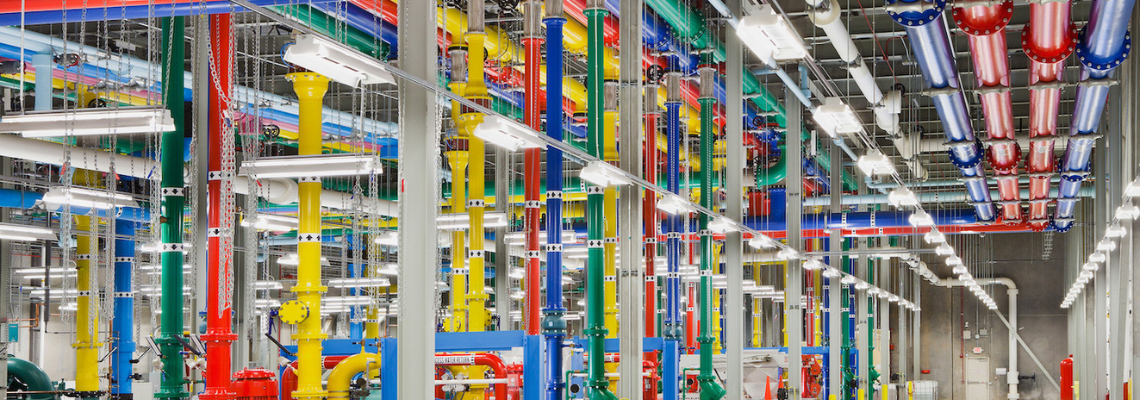The cloud and its impact on water
The cloud has been a game-changer, not only for the technology industry but the internet as a whole. It’s made it possible for businesses and people to more efficiently store data and at a lower cost with the likes of Dropbox and Google Drive providing some of the most popular cloud-based storage services. Yet with this simple, fast and effective way of storing data comes a new set of challenges – namely, the impact it’s having on our environment, in particular water use.
Impact of the cloud on water use
A study by the Pacific Institute found that data centres use around 260 billion gallons of water per year and that number is only expected to grow. In fact, according to a research paper by npj Clean Water, the technology sector will experience huge growth over the coming years, with 29.3 billion devices expected online by 2030. To reliably support the online services used by these billions of users, more data centres will need to be built around the world.
Towards the end of last year, it was revealed that a data centre in Northern Holland consumed 84 million litres of drinking water in 2021, despite low consumption estimates.
As businesses continue to move to the cloud and consumers continue to demand more data-hungry services, the demand for water will only increase.
What are the tech companies doing to reduce their impact?
Some of the biggest names in technology are taking steps to reduce their impact on water use. For example, Google, which had a 15.8 billion litre water consumption in 2018, has committed to using 100 per cent renewable energy to power its data centres. In addition, it has developed a custom cooling system that uses 50 per cent less water than traditional systems.
Meanwhile, Amazon has followed suit and is also committed to using 100 per cent renewable energy to power its data centres. And, like Google, it has developed a custom cooling system that uses 50 per cent less water than traditional systems. It has also built a data centre in Virginia that uses reclaimed water from a local treatment plant.
Microsoft, who had a 3.6 billion litre water usage in 2018, has committed to using 60 per cent renewable energy to power its data centres by 2025. And it is currently working on developing new data centre designs that use 90 per cent less water than traditional designs.
It isn’t just the major players that are trying to tackle the issue. Small businesses and start-ups alike are also joining the fight against extensive water usage by data centres.
Through creative solutions and determined effort they're finding new ways to reduce how much resource is used. One example of a smaller businesses paving the way is EcoDataCenter, a Swedish company that provides data centre services powered by 100 per cent renewable energy.
The future
As businesses continue to move to the cloud and consumers demand more data-hungry services, the demand for water will only increase. That’s why it’s important for businesses to be aware of the impact their move to the cloud could have on our environment and take steps to mitigate it.
Fortunately, there are many conscious companies working on innovative solutions to reduce water usage in data centres. So, while there is still work to be done, there is reason for optimism when it comes to reducing the impact of the cloud on our environment
We promise never to send you spam and you can unsubscribe at any time!
